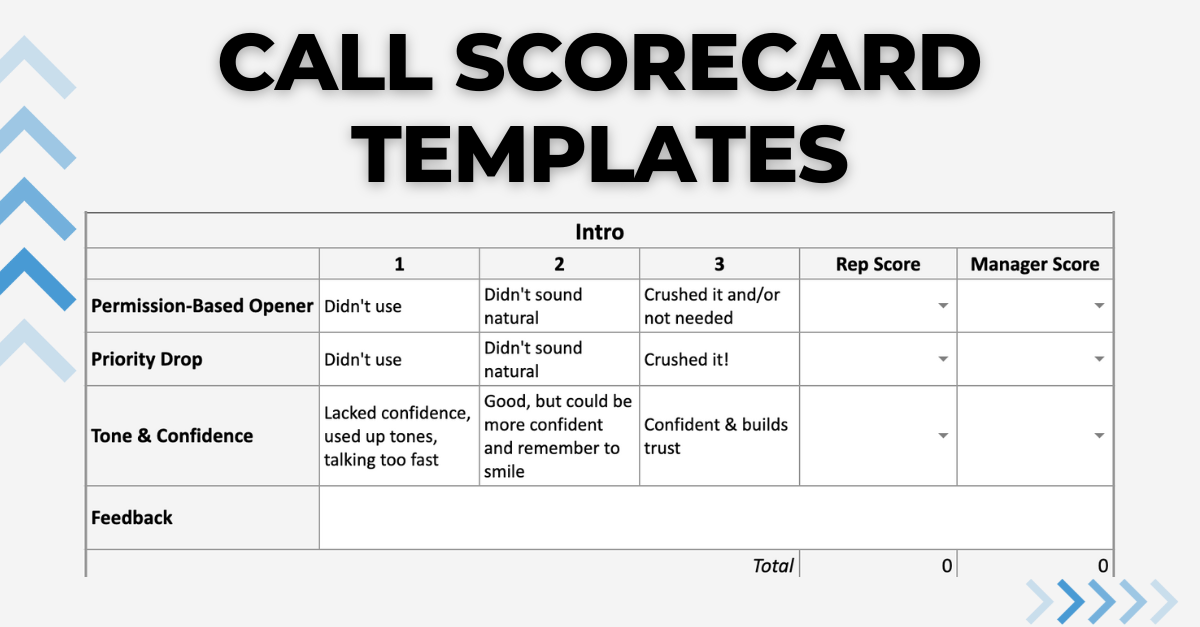Let’s be honest – running debt collection operations isn’t for the faint of heart.
As an operations or compliance leader, you’re navigating a minefield of regulations, managing teams, and trying to keep costs in check, all while ensuring that your agents treat customers with dignity and respect.
And if we’re being really honest, you’ve probably thought, “I don’t have the time or bandwidth to even think about overhauling my QA process right now.”
But what if I told you that sticking to a manual QA process could be holding your operations back more than you realize?
Let’s dive into the reality of manual QA: what it’s costing you, why it’s not keeping up with today’s demands, and how automation isn’t just a buzzword – it can be a game-changer.
The Heavy Burden of Manual QA
1. You’re Only Seeing a Fraction of the Picture
How many customer calls does your QA team review each week? If you’re like most organizations relying on manual QA, it’s probably 5-10% at best.
And that’s not because your QA team isn’t working hard – it’s because reviewing calls and all the other interactions manually is an inherently slow process.
Here’s the problem: that’s barely scratching the surface.
What about the other 90% of calls? High-risk calls where agents forget to follow compliance scripts, missed opportunities for empathy, or potential fraud issues – those are slipping through the cracks.
And you won’t know until it’s too late.
2. Compliance Pressures Are Crushing
Debt collection is one of the most heavily regulated industries out there. FDCPA, TCPA, CFPB, GDPR, and more – the alphabet soup of regulations can feel overwhelming.
With manual QA, your team’s ability to ensure compliance on every interaction is practically impossible.
Think about it: if you’re only reviewing 10% of calls, you’re essentially rolling the dice on compliance. That’s not a comfortable place to be when regulatory fines and reputational damage are on the line.
3. It’s Exhausting and Expensive
Let’s talk about your QA team for a moment.
They’re likely overworked, spending hours listening to calls, reading through transcripts and call notes, and manually scoring everything. This isn’t just time-consuming, it’s expensive.
The labor costs alone make manual QA a pricey endeavor, and that doesn’t even account for the opportunity cost of what your team could be doing with their time.
And let’s not ignore the elephant in the room: manual QA is repetitive and tedious work.
Burnout is real, and high turnover among QA staff means you’re constantly retraining and recalibrating your team.
Why You Might Be Sticking with Manual QA
If you’ve been burned by vendors promising the moon and delivering little more than frustration, you’re not alone. Maybe you invested in a QA tool that didn’t integrate with your systems or couldn’t handle the complexity of your workflows. Maybe it created more work than it saved.
Here’s the thing: just because you’ve had a bad experience doesn’t mean there’s no solution.
The QA landscape has evolved dramatically in the last year and modern solutions like Abstrakt are built to address the very frustrations you’ve faced.
The Case for QA Automation: What’s in It for You?
Let’s shift gears and talk about what happens when you move beyond manual QA.
Automation isn’t just a shiny new toy; it’s a way to solve real, everyday problems in your operations.
1. 100% Coverage, 100% of the Time
Imagine being able to review every single customer interaction without adding a single QA analyst to your team. With automated QA, that’s exactly what you can do.
Modern QA tools use artificial intelligence to analyze 100% of your calls, chats, and emails in real-time.
They don’t get tired, they don’t miss things, and they don’t need lunch breaks.
This means you can catch compliance issues, identify training opportunities, and ensure quality across the board, not just in the random samples you’re currently reviewing.
2. Proactive Compliance Monitoring
Compliance isn’t something you can afford to address reactively. With automation, you can flag issues as they happen, giving your team a chance to correct course immediately rather than dealing with fallout after the fact.
For example, if an agent deviates from a compliance script, an automated system can alert them in real-time or flag the interaction for immediate review. That’s a lot more effective (and less stressful) than hoping the issue gets caught during a random audit.
3. Actionable Insights at Your Fingertips
Automated QA tools don’t just flag issues, they provide actionable insights.
Want to know why your first call resolution rate is lower than you’d like?
Curious about which agents need additional training on handling objections?
Automation gives you the data to answer those questions quickly and accurately.
4. Scalability Without the Stress
As your operations grow, so do your QA needs.
With manual QA, scaling up means hiring more analysts, which isn’t always feasible.
Automation, on the other hand, scales effortlessly. Whether you’re handling 1,000 calls a month or 50,000, automated QA can keep up without missing a beat.
5. Improved Team Morale
When your QA team isn’t bogged down with repetitive tasks, they can focus on higher-value activities like giving feedback for managers to better coach agents, refining processes, and driving strategic improvements.
This not only makes their work more rewarding but also benefits your entire organization.
If you want to learn more about company culture as a whole, we highly recommend this podcast episode with Peter Ryan.
Addressing the Skepticism: What to Look for in a QA Solution
If you’re still hesitant about making the switch, that’s okay. The key is finding a QA solution that truly meets your needs.
Here’s what to look for:
- Ease of Integration: The tool should work seamlessly with your existing systems (ex: CRM, call center software).
- Customizability: Your workflows are unique and your QA tool should adapt to them – not the other way around.
- Transparency: Look for solutions that offer clear, actionable insights and reports.
- Support and Training: A good vendor that will be your partner and ensure a smooth rollout while providing ongoing support.
- Proven Results: Ask for case studies or references from other companies in the debt collection industry.
Taking the First Step
Making the switch from manual to automated QA might feel daunting, but it doesn’t have to be.
Start small: Start with one team or a portion of a team. There will always be some bumps when implementing new software so find them early and then apply them to future rollouts.
Remember this isn’t just about adopting a new tool, it’s about transforming your operations to be more efficient, compliant, and scalable.
And isn’t that exactly what you’re striving for?
Final Thoughts
Sticking with manual QA might feel like the safer choice, but in reality, it’s costing you more than you realize.
From missed compliance risks to higher costs and lower morale, the challenges of manual QA add up fast. But there’s a better way.
QA automation offers the chance to see the full picture, proactively address compliance, and make smarter, data-driven decisions, all while saving time and money.
So if you’re feeling overwhelmed or burned by past solutions, take a moment to explore what modern automation tools can do.
You might just find that they’re exactly what your operations have been missing.


